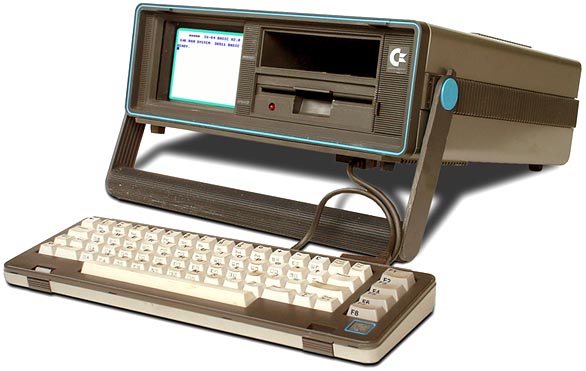MurphyGuy
It just needs a bigger hammer
- Joined
- May 20, 2020
- Messages
- 4,129
Oh man.. It was back in the early 80's when I was using a computer called a TRS80 made by Radio Shack.. Then sometime in the late 80's, I upgraded to a computer with an Intel 386 and had a math co-processor installed to run AutoCad.. Damn, that thing could take 8 hours to render a single 3d drawing...
For you folks who have never used a phone modem measured in the 300 to 56k baud rate, you don't know what you missed...
If you (could have) started downloading a 1080p movie at 300baud back in the early 80's, I bet it would still be downloading today..
For you folks who have never used a phone modem measured in the 300 to 56k baud rate, you don't know what you missed...
If you (could have) started downloading a 1080p movie at 300baud back in the early 80's, I bet it would still be downloading today..



